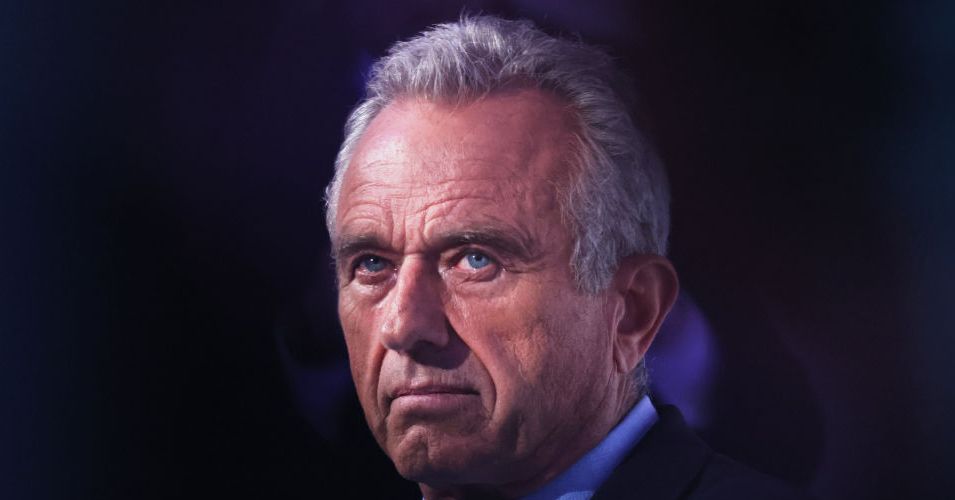After the latest round of mass firings at the US Centers for Disease Control and Prevention over the weekend, the union that represents agency employees estimates that around 3,000 people this year—about a quarter of the agency’s workforce—have departed the agency.
That number includes workers affected by layoffs earlier this year, as well those who have accepted the Trump administration’s “Fork in the Road” buyout program.
The most recent cuts came down amid the ongoing government shutdown. On October 10, more than 1,300 CDC employees received termination notices. Soon after, however, about 700 of those people were told via email that they were mistakenly terminated and were not in fact subject to the reduction in force. An estimated 600 people remain terminated.
An additional 1,300 CDC employees are, according to the union, on administrative leave and being paid but not working.
The Trump administration has not shared official numbers of those targeted by the reductions. The estimate was compiled by the American Federation of Government Employees (AFGE) Local 2883, which represents CDC workers.
The current round of reductions affects the National Center for Chronic Disease Prevention and Health Promotion, the National Center for Health Statistics, the CDC library, the agency’s human resources department, campus safety staff, as well as the CDC’s office in Washington, DC, which acts as a liaison to Congress and provides public health information to policymakers.
“All HHS employees receiving reduction-in-force notices were designated nonessential by their respective divisions,” Andrew Nixon, director of communication at the Department of Health and Human Services, told WIRED via email.
Among those reinstated include staff that publish the agency’s flagship publication, the Morbidity and Mortality Weekly Report, as well as leadership in the National Center for Immunization and Respiratory Diseases and National Center for Emerging and Zoonotic Infectious Diseases, according to AFGE. Members of the Epidemic Intelligence Service, the CDC’s “disease detectives” unit, were also brought back.

